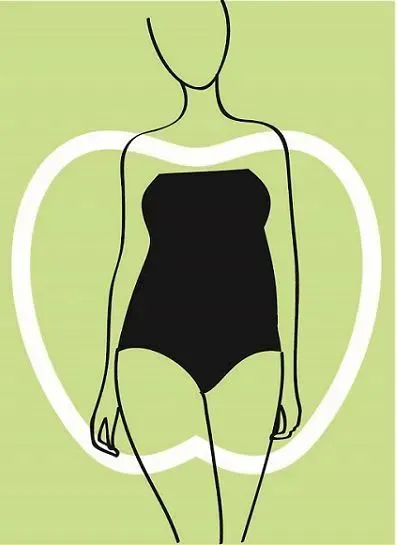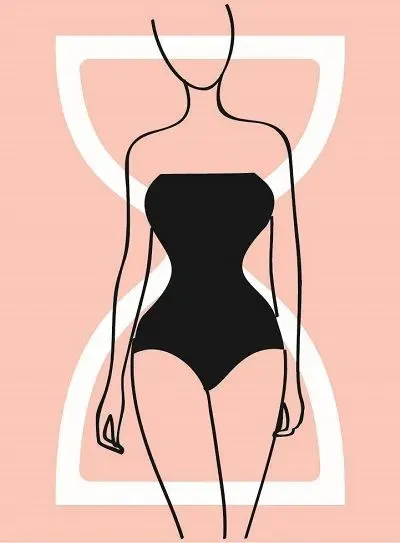
Big Butt vs. Small Butt: Which is Healthier?
Discover the surprising health secrets behind big and small butts, and learn four easy steps to achieve a healthy, attractive rear.
You might notice that some people spend their days sitting and gaming, while others are hitting the gym and doing endless squats. What do these two types of people have in common? The answer is: they both might end up with a bigger butt. However, the health implications of their increased booty size can be vastly different.
1. What Body Types Tend to Have Bigger Butts?
Common body types are often categorized as A, O, H, and X shapes, or more familiarly, pear, apple, banana, and hourglass shapes. These types are determined by where the body stores fat:
- Pear Shape: Characterized by a narrow shoulder and waist with wider hips and thighs. This shape results from fat accumulation in the lower body.

- Apple Shape: Defined by a larger waist that can surpass chest and hip measurements due to fat accumulation around the abdomen.

- Banana Shape: A more uniform, straight body shape.

- Hourglass Shape: Known for a balanced distribution with a fuller bust, narrow waist, and rounded hips and thighs.

Among these, pear, apple, and hourglass shapes typically have more prominent buttocks. Take a look at your own body to see which category you fall into.
2. Health Secrets Hidden in Butt Size
Simply measuring your hip circumference doesn’t tell the whole story. The key is to look at your waist-to-hip ratio (WHR), which is calculated as your waist measurement divided by your hip measurement.
A higher WHR indicates more abdominal fat, commonly seen in apple-shaped individuals. The World Health Organization suggests that a WHR of ≥0.90 for Asian men and ≥0.85 for Asian women indicates abdominal obesity.
Research shows that people with abdominal obesity (apple-shaped bodies) are more prone to metabolic diseases such as hypertension, diabetes, and heart disease compared to those with pear-shaped bodies. Interestingly, women with hourglass figures often have a WHR that makes them more attractive and potentially healthier in terms of cardiovascular risks.
For adults at a normal weight, a larger butt might be beneficial. Studies have found that those with bigger butts are less likely to develop atherosclerosis and have a lower risk of diabetes.
3. Four Steps to Achieve a Healthy, Attractive Butt
To achieve a healthy and attractive butt, follow these steps:
-
Correct Bad Sitting Posture: Poor posture, like slouching or crossing your legs, can affect pelvic shape and lead to fat accumulation around the hips, making the butt appear larger.
-
Avoid High-Calorie, High-Fat Foods: Consuming these foods leads to fat accumulation, especially for those who sit for long periods, causing more fat to gather around the waist and hips.
-
Get Moving: Lack of exercise can lead to reduced muscle mass in the buttocks, making it look flat or saggy. Stand up and stretch every 30 minutes, and aim for at least 30 minutes of aerobic exercise, like brisk walking or cycling, five times a week.
-
Do Butt-Shaping Exercises: Spend 5-10 minutes a day on exercises like lunges and wide-stance squats to tone your glutes. With consistent effort over 100 days, you should see noticeable improvements.
By focusing on these healthy habits, you can improve both the appearance and health of your butt, contributing to overall well-being.

